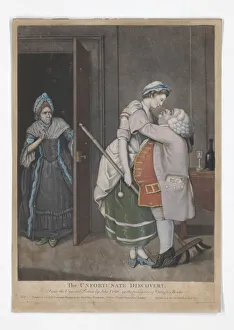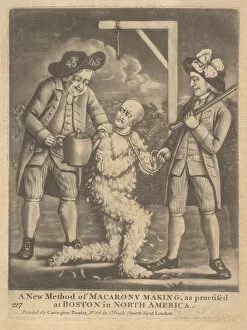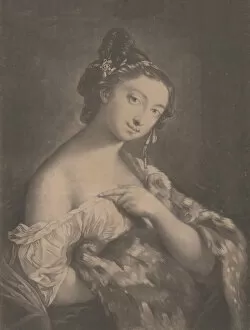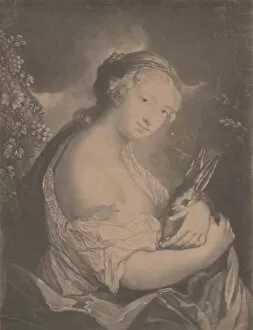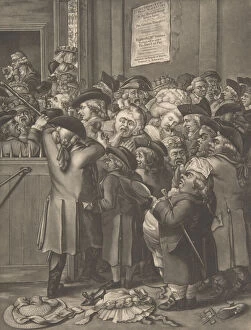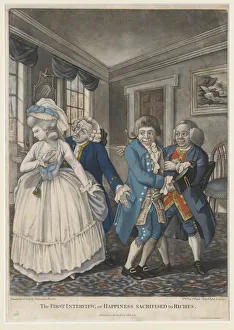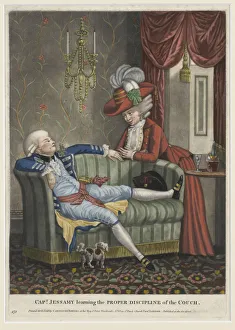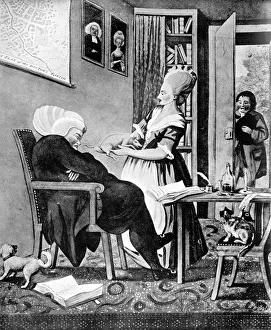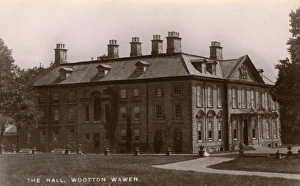Carington Collection
"Carington: A Journey through Time and Humor" Step into the world Bowles, an English artist whose prints from 1782 will leave you in stitches
All Professionally Made to Order for Quick Shipping
"Carington: A Journey through Time and Humor" Step into the world Bowles, an English artist whose prints from 1782 will leave you in stitches. From "The Comical Hotch-Potch" to "The Alphabet Turn'd Posture-Master, " his works are a delightful mix of comedy and creativity. One such masterpiece is "The Unfortunate Discovery, " a hand-colored mezzotint that tells a story with every brushstroke. It captures the essence of human emotions, leaving us pondering life's twists and turns. In another print titled "A New Method of Maracrony Making as Practised at Boston in North America, " we witness the humorous side of culinary adventures across the Atlantic. This satirical piece from circa 1774 showcases Carington's wit and ability to poke fun at societal norms. But it doesn't end there. Carington takes us on a journey through seasons with his series featuring women holding various objects. In "Winter, " we see a woman clutching a spotted fur mantle, while in "Spring, " she holds flowers delicately within her cloak. And who can forget about autumn? Here, our protagonist cradles an adorable rabbit, capturing the beauty of nature during this time. Moving beyond nature's cycle, Carington explores other aspects of life in his prints like "Well-a-day, Is this my Son Tom?" which possibly depicts Samuel Hieronymus Grimm's work. The emotional depth portrayed here tugs at heartstrings as we witness familial bonds being tested. It also delves into society's quirks with pieces like "The Pit Door / La Porte du Parterre. " Created on November 9th, 1784 by an unknown artist (possibly himself), it offers insights into theater culture during that era. "The First Interview" transports us to moments where happiness is sacrificed for riches – reminding us of the eternal struggle between wealth and true fulfillment.


